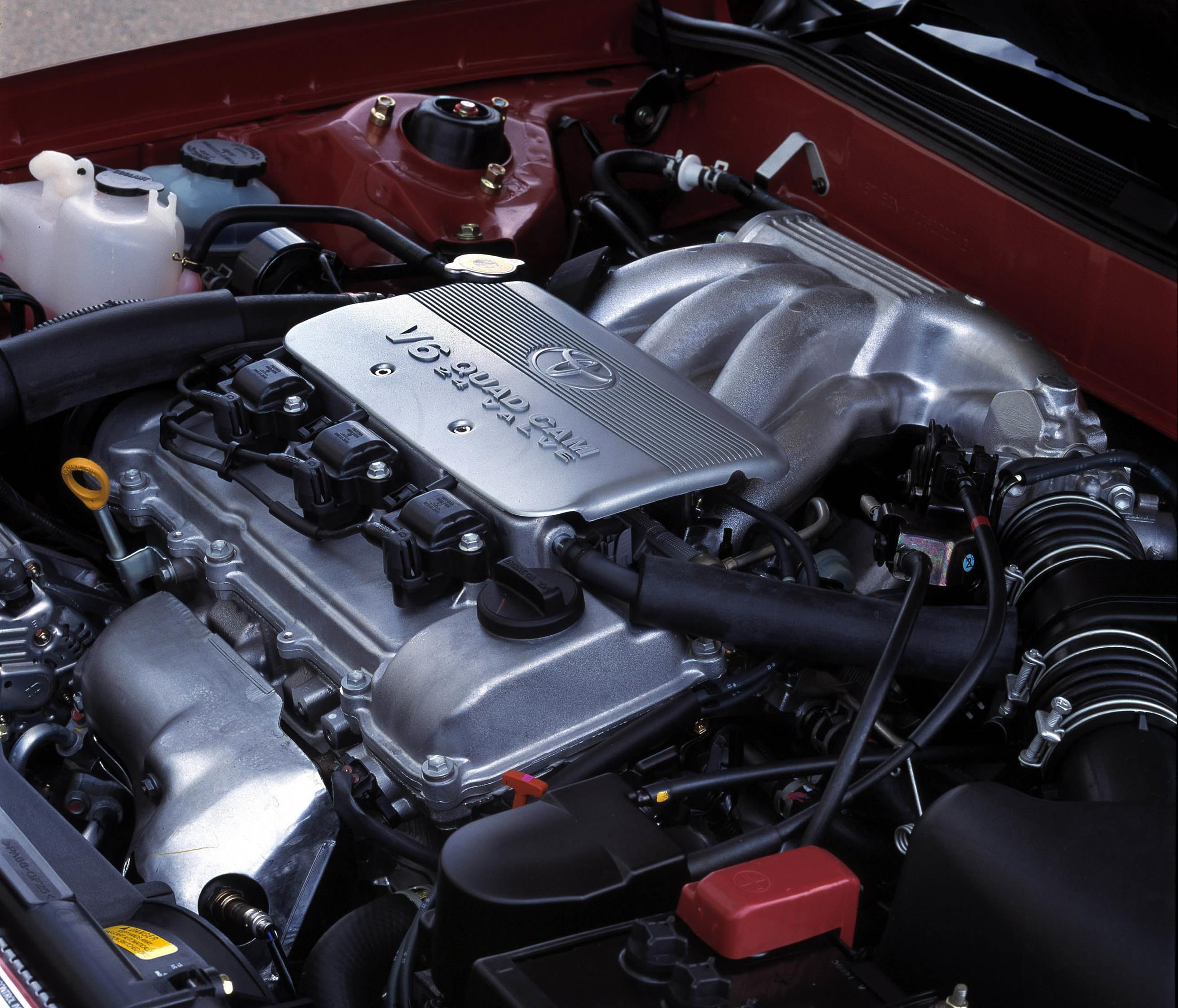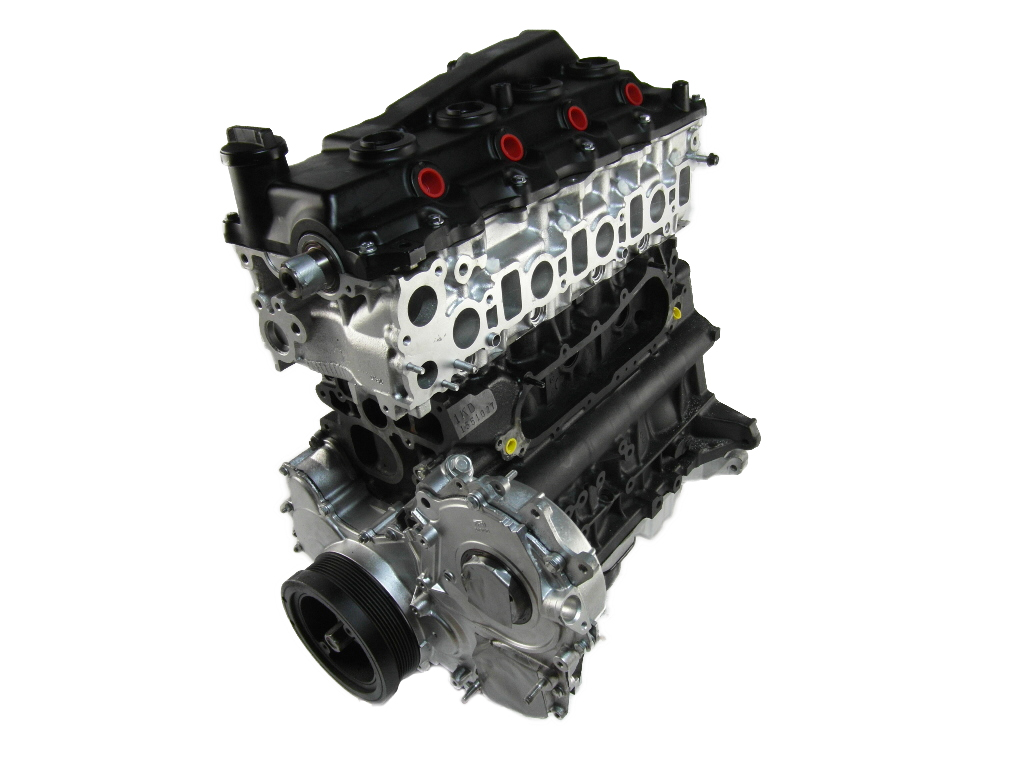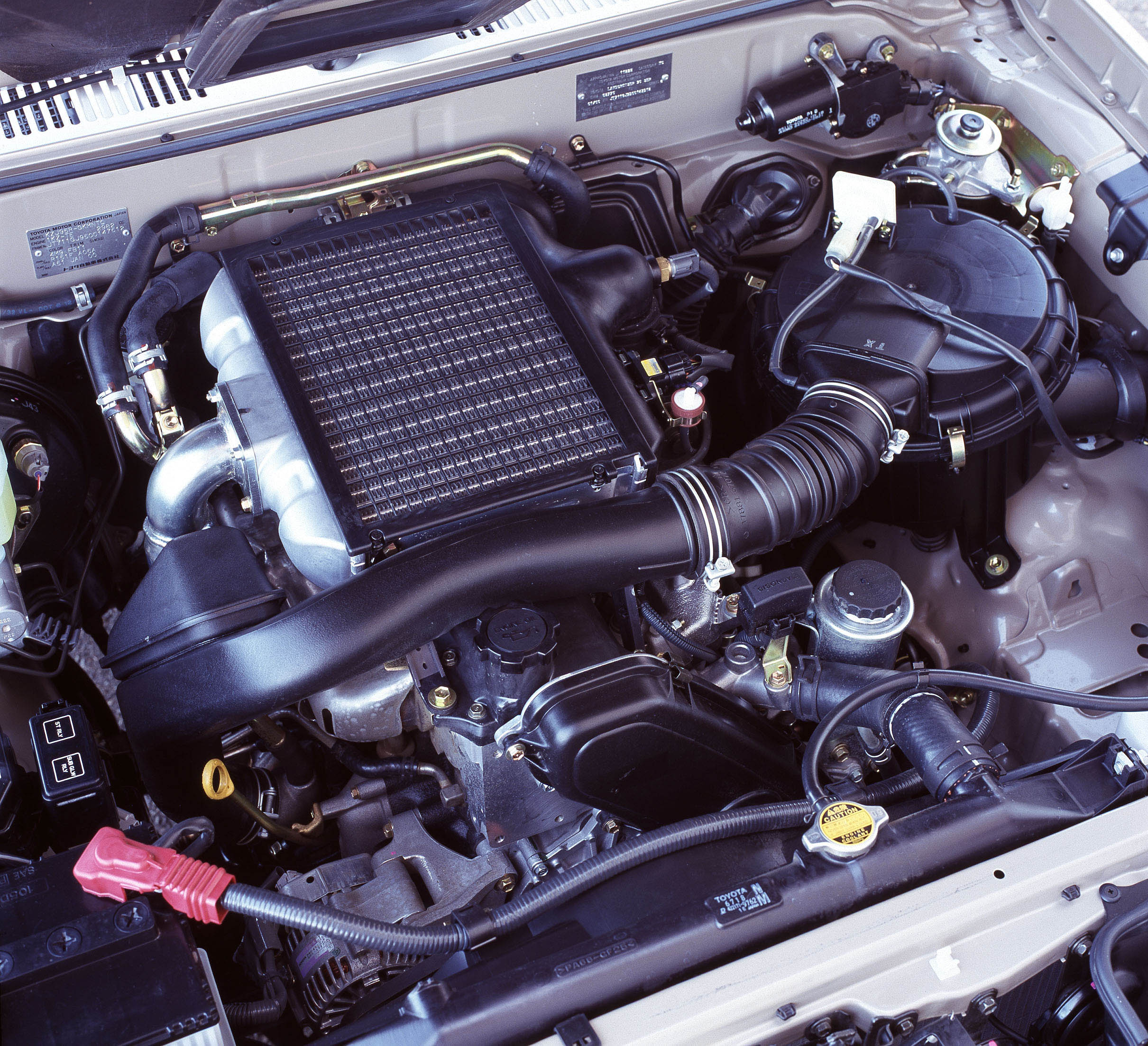Introduction
The Volkswagen Mk.6 Golf GTi was powered by a 2.0-litre turbocharged petrol engine that was a member of Volkswagen’s EA888 Gen 1 engine family (code: CCZB). Key features of the Mk.6 Golf GTi’s CCZB engine included its:
- Cast iron block;
- Aluminium alloy cylinder head;
- Double overhead camshafts driven by gear chains;
- Four valves per cylinder actuated by roller finger cam followers;
- Variable intake valve timing;
- BorgWarner K03 turbocharger providing peak boost pressure of 1.0 bar (14.4 psi);
- Intercooler;
- Variable intake manifold;
- Direct injection (Volkswagen’s ‘Fuel Stratified Injection’ or ‘FSI’);
- Compression ratio of 9.6:1;
- Bosch Motronic MED 17.5 engine management system; and,
- Mass of 144 kg.
Although sharing the displacement of its EA113 predecessor, changes for the Volkswagen Mk.6 Golf GTi‘s EA888 TSI engine included:
- Modified pistons and piston rings;
- Intake and exhaust camshafts driven by gear chains;
- An uprated oil pump;
- A new induction system; and,
- A high-pressure fuel pump.
| Model | Engine | Trans. | Peak power | Peak torque |
|---|---|---|---|---|
| Volkswagen Mk.6 Golf GTi | 2.0-litre CCZB turbo petrol I4 | 6sp man., 6sp DSG |
155kW at 5300-6200rpm | 280Nm at 1700-5200rpm |
Block
The CCZB engine had a closed-deck, grey cast iron (GJL 250) block with 82.5 mm bores and a 92.8 mm stroke for a capacity of 1984 cc. Within the cylinders, the liners finished in a three-stage fluid jet honing process.
Within the cylinder block, the CCZB engine had two balance shafts to counteract second degree inertial forces. The horizontally-staggered balance shafts rotated at twice the engine speed in opposite directions from one another, with the direction of the second shaft reversed by an idler gear. The balance shafts were made from spheroidal graphite cast iron and operated on three bearings.
The oil pan for the CCZB engine consisted of two sections:
- An aluminium alloy upper section (ALSi12Cu) which was bolted to the crankcase and sealed with a liquid sealant to reinforced the crankcase (a bedplate effect). The upper section also housed the oil pump; and,
- A lower section made of deep drawn, punched and catalytically coated sheet steel.
Crankshaft, connecting rods and pistons
The CCZB engine had a forged steel crankshaft that was induction hardened and had eight counterweights. The crankshaft operated on five main bearings which had a 58 mm diameter; to reinforce the crankshaft assembly, the three inner main bearing caps were cross-bolted to the cylinder block.
The small ends of the connecting rods were made from 36MnVS4 and were cracked for precision fitting and reduce movement of the bearing cap under load. While the upper bearing shell of the connecting rods was a two-component composite bearing (21.0 mm diameter), the lower shell consisted of three composites (47.8 mm diameter).
The specially designed pistons featured a cast-in ring land for the upper piston ring and had coated skirts to reduce frictional losses, while the wrist pins (made from 31 CRMoV) were held in place by snap rings. For cooling, the undersides of the pistons were sprayed with engine oil by spray jets mounted in the cylinder block.
Cylinder head
The CCZB engine had a cross-flow cylinder head that was made of AlSi10Mg and mounted on a three-layer metal head gasket. The cylinder head cover was made from AlSi9Cu3 and was bolted to cylinder head and sealed with liquid sealant; as such, it provided additional support by acting as a ladder frame.
A die-cast aluminium bearing bridge was mounted at the front of the cylinder head to:
- Support the camshafts;
- Supply pressurised oil to camshaft bearings and camshaft adjusters;
- Controls axial movement of the camshafts;
- Providing a mounting point for camshaft adjustment valve 1; and,
- Connect the two oil galleries in the cylinder head.
Camshafts and INA camshaft adjustment
The CCZB engine had hydro-formed, double overhead camshafts that were driven by gear chains (as opposed to roller chains). For the intake camshaft, valve timing could be varied via Volkswagen’s INA camshaft adjustment system which used a hydraulic vane cell adjuster and oil pressure supplied by the engine oil pump. The rotor of the vane cell adjuster was welded to the intake camshaft and enabled an intake camshaft adjustment range of 60 degrees relative to the crankshaft. Timing was map-controlled by the engine control unit (ECU).
Valvetrain
The intake and exhaust valves were actuated by roller cam followers with needle bearings and hydraulic valve clearance adjusters. Both the intake and exhaust valves were chrome-plated and had reinforced seats. While the intake valves had solid stems, the exhaust valves were also tempered and had sodium-filled stems for heat dissipation. For the CCZB engine, intake valve lift was 10.7 mm; exhaust valve lift was 8.0 mm. Both the intake and exhaust valves had single valve springs that were made of steel.
Cooling
The CCZB engine had a cross-flow cooling system whereby coolant flowed from the coolant pump to the front of the engine and was then distributed along ducts and circulated around the cylinders. After circulating through the cylinder head, coolant was routed back to the radiator via the thermostat housing or recirculated through the coolant pump if the thermostat is closed. The heat exchanger and turbocharger were part of the engine cooling circuit, while the engine oil cooler was directly connected to the cylinder block via its mounting subframe.
BorgWarner K03 turbocharger
The CCZB engine had a single water-cooled turbocharger that was integrated with the exhaust manifold into a single unit. For the CCZB engine, the BorgWarner K03 turbocharger provided peak boost pressure of 1.0 bar (14.4 psi). It is understood that the OEM part number for the turbocharger is 06J 145 701T/K.
| CCZB EA888: K03 turbocharger | ||
|---|---|---|
| Turbine | Blade diameter (inducer/exducer) | 41.0 mm / 45.0 mm |
| Number of blades | 11 | |
| Compressor | Blade diameter (inducer/exducer) | 40.2 mm / 52.5 mm |
| Number of blades | 6 + 6 | |
Fuel Stratified Injection (FSI)
The CCZB engine had Volkswagen’s ‘Fuel Stratified Injection’ or ‘FSI’ which directed fuel directly into the combustion chamber via six-hole injectors. The Bosch high-pressure fuel pump was driven by a four lobed cam on the end of the intake camshaft. Furthermore, the pump piston was driven by the camshaft and a cam follower to reduce friction and chain forces. The high-pressure fuel pump produced a maximum pressure of 150 bar and had a pressure limiting valve that would open at around 200 bar and admit pressure into the pump chamber.
At engine speeds below 3000 rpm, the CCZB engine closed its intake manifold flaps to increase the tumbling effect of the intake air flow.
Ignition
The CCZB engine had four single spark ignition coils and cylinder-selective anti-knock control that was controlled by the Bosch Motronic MED 17.5 engine management system (EMS). The Bosch MED 17.5 EMS had four operating modes:
- Start: high-pressure, start of fuel-air mixture;
- For several seconds after Start: homogeneous split injection (HOSP);
- After warm-up phase: engine map-controlled dual injection cycle; and,
- At coolant temperatures exceeding 80 degrees Celsius: synchronous fuel injection with intake cycle only.
The CCZB engine had a compression ratio of 9.6:1 and 1-3-4-2 firing order.
Crankcase ventilation
The CCZB engine had a primary oil separator that was installed on the cylinder block below the engine coolant pump. In the primary oil separator, blow-by gases flowed through a labyrinth to separate coarse particles from the oil. The separated oil would then flow along oil return lines into the oil pan, while the blow-by gases would continue to flow from the primary oil separator through a channel in the cylinder block to the cylinder head.
Furthermore, a single-stage cyclone separator was integrated with the cylinder head cover to filter out any residual ultra-fine oil particles. The separated oil would then flow into the cylinder head through a port in the cylinder head cover and the oil was then returned to the oil pan. To prevent intake of the engine oil under excessively high vacuum, a check valve was fitted at the end of the oil return duct (in the honeycomb insert in the oil pan).
The blow-by gases flowed along a duct integrated in the cylinder head cover to a two-stage pressure regulating valve that was installed in a housing with two check valves; the check valves regulated blow-by gas flow depending on pressure conditions in the intake manifold.
The CCZB engine had a positive crankcase ventilation system (PCV) which supplied the crankcase with fresh air to mix with blow-by gases. As such, fuel and water vapours in the blow-by gases were absorbed by the fresh air and then discharged through the crankcase ventilation system. The PCV valve provided a continuous supply of air so that unfiltered blow-by gases could be aspirated directly. The PCV valve was also designed to open under high pressure inside the crankcase to prevent damage to seals.







